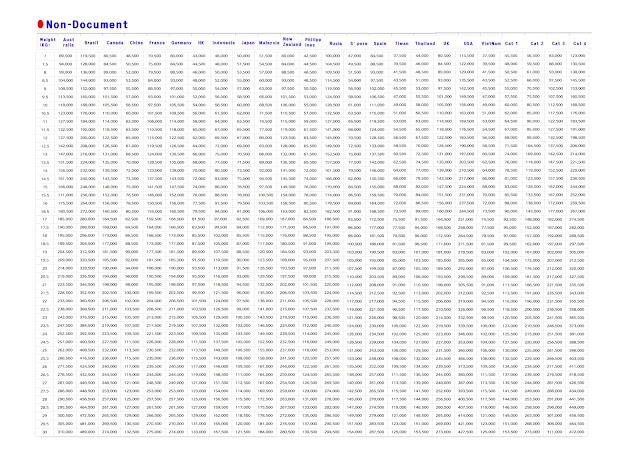Cheongwadae (the Blue House), which literally
means ‘pavilion of blue tiles, was the presidential residence and office of Korea. As the president's office and residence moved to Yongsan on May 10, 2022, Cheongwadae has been open to the public. Nevertheless, pre-reservation is necessary but foreigners are available for Cheongwadae without pre-reservation.
There are three tour routes as follows;
1. Tour Route A from Yeongbingwan Gate
2. Tour Route B from Main Gate
3. Tour Route C from Chunchugwan
Every Tuesday is off and further information may be visited on the web site of https://www.opencheongwadae.kr/eng
1. History
The site of Cheongwadae was once home to a
royal villa from the year 1114 during the Goryeo Dynasty (918-1392). Several
pavilions as the back garden of Gyeongbokgung Palace were built during the
Joseon Dynasty (1392~1910). However, most of the buildings were demolished during the Japanese occupation (1910~1945) and this site became the official residence
of the Japanese governor. The current main building and residence quarters were
built in 1991.
2. Main Office
Main office building is characterized by its blue tiles and the name come from the blue tiles. The roof of the building was constructed in the hipped and gabled style (a roof type in traditional Korean houses), regarded as one of the most stylish and charming styles of Korean traditional architecture. The building was built in 1991, with elegant blue tiles and gently curved roofs. Especially blue tiles and soft roofs are beautifully blended with Bugaksan Mountain in the backdrop. About 150,000 tiles form the roof. Each is individually baked to make it strong enough for hundreds of years to use.
As Cheongwadae was open to the public, tourists can enter the inside of the main office building and can see the president's office, meeting rooms, and so on.
3. Nokjiwon (Green Grass Garden)
Nokjiwon is one of the most beautiful places in Cheongwadae. Created in 1968, this garden is surrounded by more than 120 different types of trees. Especially there is one famous fine tree which is 310 years old.
4. Sangchunjae
Built in the traditional Hanok style, this is the ideal venue for displaying traditional Korean aesthetics to state guests from other countries and holding receptions or unofficial meetings.
5. Chunchugwan
Chunchugwan is home to about 170 domestic and
international correspondents who report on the president’s state affairs. The roof
of Chunchugwan was made of earthen tiles. Tour visitors arrive at the gate in
front of Chunchugwan by bus from Gyeongbokgung Palace. Then pass cards are
given to them and they have to hang them on their necks. The tour begins with simple instructions.
*The above photo from VisitKorea
3.
6. Former Main Office Site
In 1939, Japanese governor built an official
residence/office for the governor-general on the site. Syngman Rhee,
the first Korean president, called the building "Gyeongmudae" (景武臺). He used
it as his office and residence. It was dismantled during Kim Young-sam's
presidency in 1993.
* The stone above is the only remaining part of the building.
7. Official Residence
The Official Residence of the First
Family provides the President and his family a private living space apart from
the official workplace. Consisting of Bonchae (living quarters)
and Byeolchae (detached reception space), the residence has an extensive front with a traditional Korean-style garden and
detached Sarangchae (men's quarters).
8. Yeongbingwan
(Reception Hall)
Yeongbingwan is an official function hall,
which is used for receptions for presidential guests and official conferences.
It was completed in 1978.
9. Chilgung
(Shrines for 7 Concubines)
Chilgung, which means 7 small palaces) literally, refers to shrines for 7 concubines situated in the southwest part of Cheongwadae, each of which guards an
ancestral tablet of a royal concubine who bore a king during the Josun Dynasty.
10. Cheonwadae
Sarangchae
Cheongwadae Sarangchae is located across the
street from the entrance of Cheongwadae. It is a historical memorial and museum
where visitors can share the past, present, and future vision of Korea. It is
composed of a planned exhibition hall, Korean culture exhibition hall, Korean
food (hansik) promotion hall on the first floor and Cheongwadae Hall which
introduces former Korean presidents and Haengboknuri Hall which presents the
future vision of Korea on the second floor.


